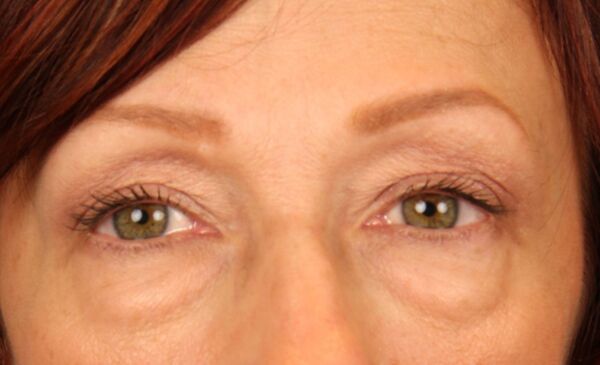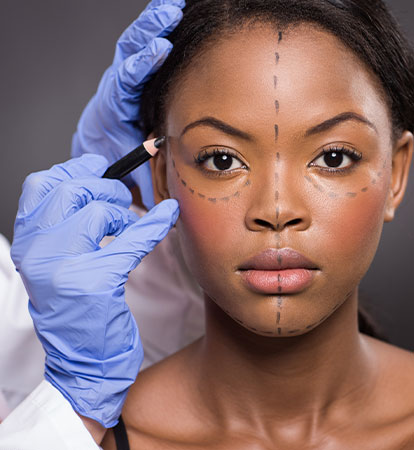
There are important information you should know if you're considering genioplasty. This procedure can be very risky and you should fully understand your options. The following article will give you an overview of Sliding genioplasty, Osseous genioplasty, and nonsurgical gynecologic surgery. What to expect after your procedure is also important.
Osseous genioplasty
Osseous Genioplasty is a popular cosmetic procedure for women looking to improve their appearance. The procedure is performed inside the mouth, with no visible scars. It takes approximately an hour to perform and can either be done alone or as part a facial procedure. The procedure can be done alone or combined with other types. To learn more about osseous genioplasty, read on.
A osseous genioplasty is typically part of larger procedures such as side-to-side or push-back. The procedure was well received by the majority of patients. Active dental infections can cause jaw problems and should be treated before surgery. Patients should also be open about any prior orthodontic or orthognathic procedures, as well as any medication or smoking habits.

Sliding genioplasty
Your medical history will be reviewed by the surgeon performing sliding-genioplasty. He or she will also ask about your expectations regarding the outcome. X-rays or CT images of your jaw may also be taken to determine your surgical options. A sliding genioplasty is typically a quick and relatively safe procedure once you have chosen a surgeon. There are some potential problems. The most common complications are infection, bleeding, or an adverse reaction after anesthesia. Follow the pre-operative instructions to minimize your chances of developing these complications.
Before you have this procedure, your surgeon will take a detailed cephalometric exam and measure your neck. Cephalometric measurements are used to determine whether you have transverse or overprojection. The surgeon will also take standard facial photographs to evaluate your asymmetry in the transverse dimension. A sliding genioplasty may be the right choice for you if you have one of these problems.
Nonsurgical genioplasty
You can choose nonsurgical genioplasty if you wish to reduce the size and shape of your chin, but don't want to have to go under general anesthesia. This cosmetic surgery involves repositioning the jawbone forward and removing some of its bone. This difficult procedure will require the use of screws to fix the jaw. Nonsurgical genioplasty, on the other hand, is much easier to correct because the surgeon manipulates your own bone.
Nonsurgical Genioplasty is available in two options. One is a sliding technique, where a doctor makes a small incision under the lower lip or chin. A second method involves placing wires to reposition your chin bone. This is done for those with retrogenia, a receding or severely swollen chin. The type of procedure and corrections used will determine the recovery time.

Risques of genioplasty
Genioplasty may not be for everyone. Risks include numbness of the lower lip or chin. It can last for several weeks, months, or even be permanent. The brain can adapt to the numbness, which is a common side effect of this procedure. If bleeding or pain persists, patients should consult a doctor immediately.
There are many complications with genioplasty. However, the most common problem is temporary neurosensory dysfunction of the inferior-alveolar nerve. These complications can be avoided by careful preoperative counseling and informed consent. Certain procedures, like sliding genioplasty which repositions the chin bone by sliding forward, may cause complications. This procedure is not recommended if you have any medical conditions, or are planning on having a genioplasty.